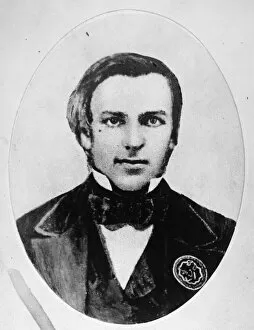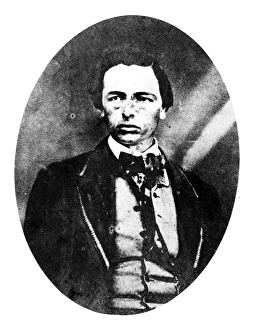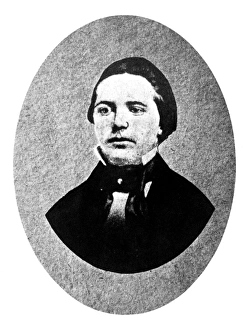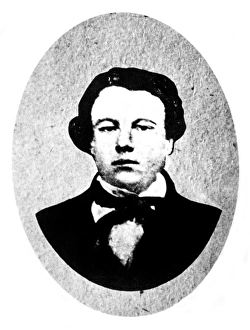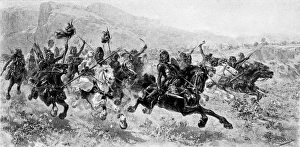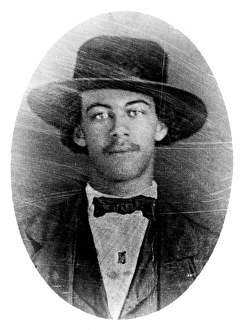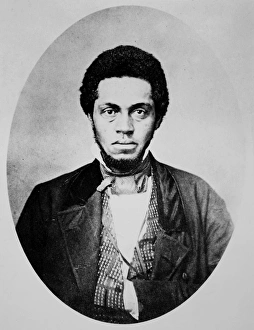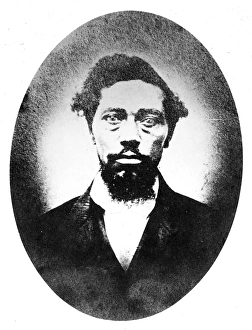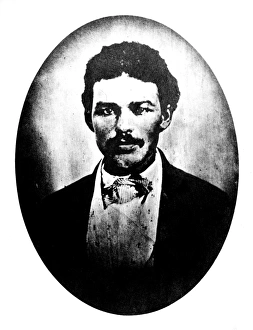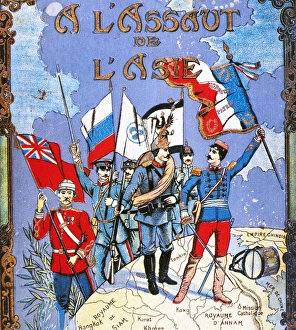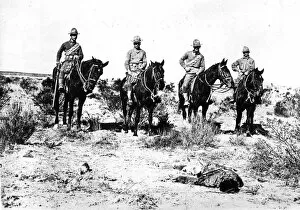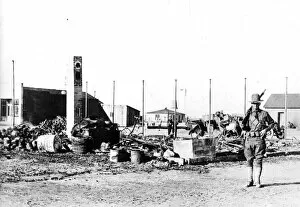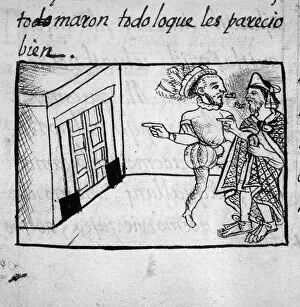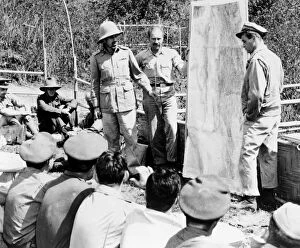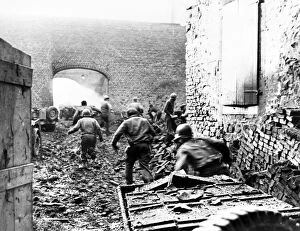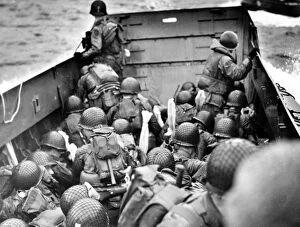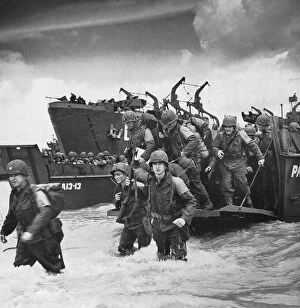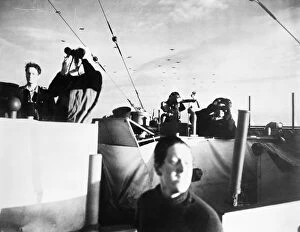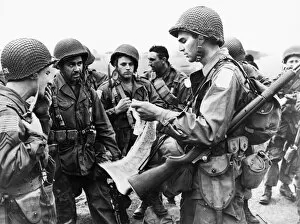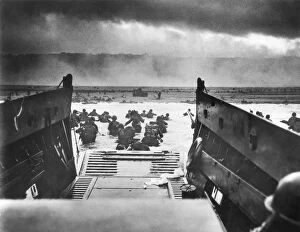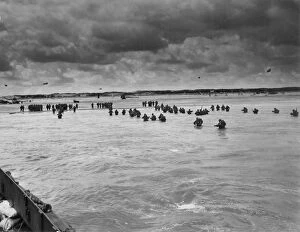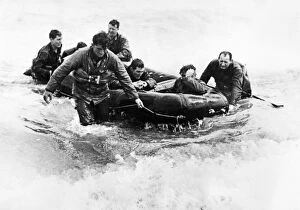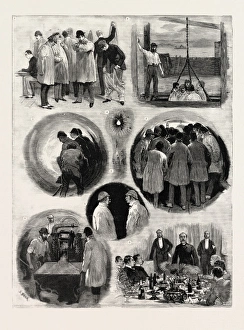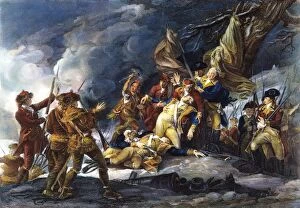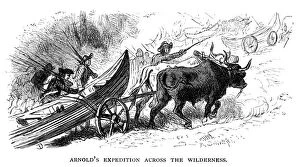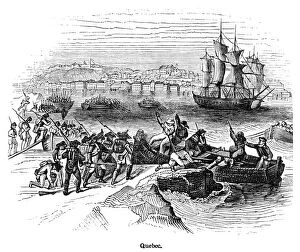Invade Collection (page 6)
"Invasion: A Tapestry of Conquests and Courage" From the iconic Bayeux Tapestry depicting the Norman Conquest to Roosevelt's Rough Riders charging up San Juan Hill
All Professionally Made to Order for Quick Shipping
"Invasion: A Tapestry of Conquests and Courage" From the iconic Bayeux Tapestry depicting the Norman Conquest to Roosevelt's Rough Riders charging up San Juan Hill, history is replete with tales of invasions that shaped nations. Laodicea Dicey Langston, a brave daughter protecting her revolutionary father from Loyalist troops during the American Revolution, exemplifies the unwavering spirit of resistance. The ancient Greeks standing firm at Thermopylae in 480 BC showcased their indomitable will against overwhelming odds. Their valiant defense became an enduring symbol of bravery for generations to come. Mongol soldiers, masters of horsemanship, demonstrated their unparalleled skills as they conquered vast territories across Asia and Europe. Their swift movements struck fear into the hearts of those who dared oppose them. In 1894, Japanese forces seized Port Arthur in a display of military prowess and strategic cunning. This victory marked Japan's rise as a formidable power on the world stage. Caesar crossing the Rubicon was a pivotal moment in Roman history, forever altering its course. It signified his audacious decision to challenge authority and seize control—an act that would shape empires for centuries to come. The Norman Invasion of England in 1066 brought about profound changes that transformed English society and language forever. Rollo's Viking fleet attacking Paris further illustrates how invasions often reshaped borders and cultures throughout history. These glimpses into our past remind us that invasion has been both a catalyst for change and an embodiment of human resilience. Whether through art or historical accounts, these stories serve as reminders that conquests have shaped our world—sometimes violently but always leaving an indelible mark upon civilization itself.


